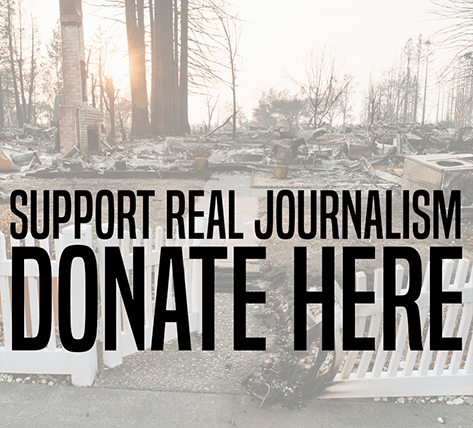Public health researcher Lisa McKenzie remembers her first aerial view of the landscape-altering impacts of fossil fuel production on the picturesque mesas that rim the western slope of Colorado’s Rocky Mountains.
“It was well pad, after well pad, after well pad,” said McKenzie, a recently retired associate professor at the Colorado School of Public Health. “I remember thinking to myself, that’s like 7,000 point sources of benzene.”
The marred panorama altered the trajectory of her work. Since the 2010s, she’s leveraged her background in environmental chemistry and epidemiology to lead seminal studies that quantified the health effects of an oil and gas extraction process known as hydraulic fracturing, or fracking. Her research transformed how drilling is regulated nationwide.
Fracking, which forces water, sand and chemicals into the earth to crack shale and release fossil fuels, helps energy companies plumb deposits miles underground. Since its widespread adoption this century, wells have multiplied and moved closer to populated areas from California to Colorado, New Mexico, Texas and Pennsylvania.
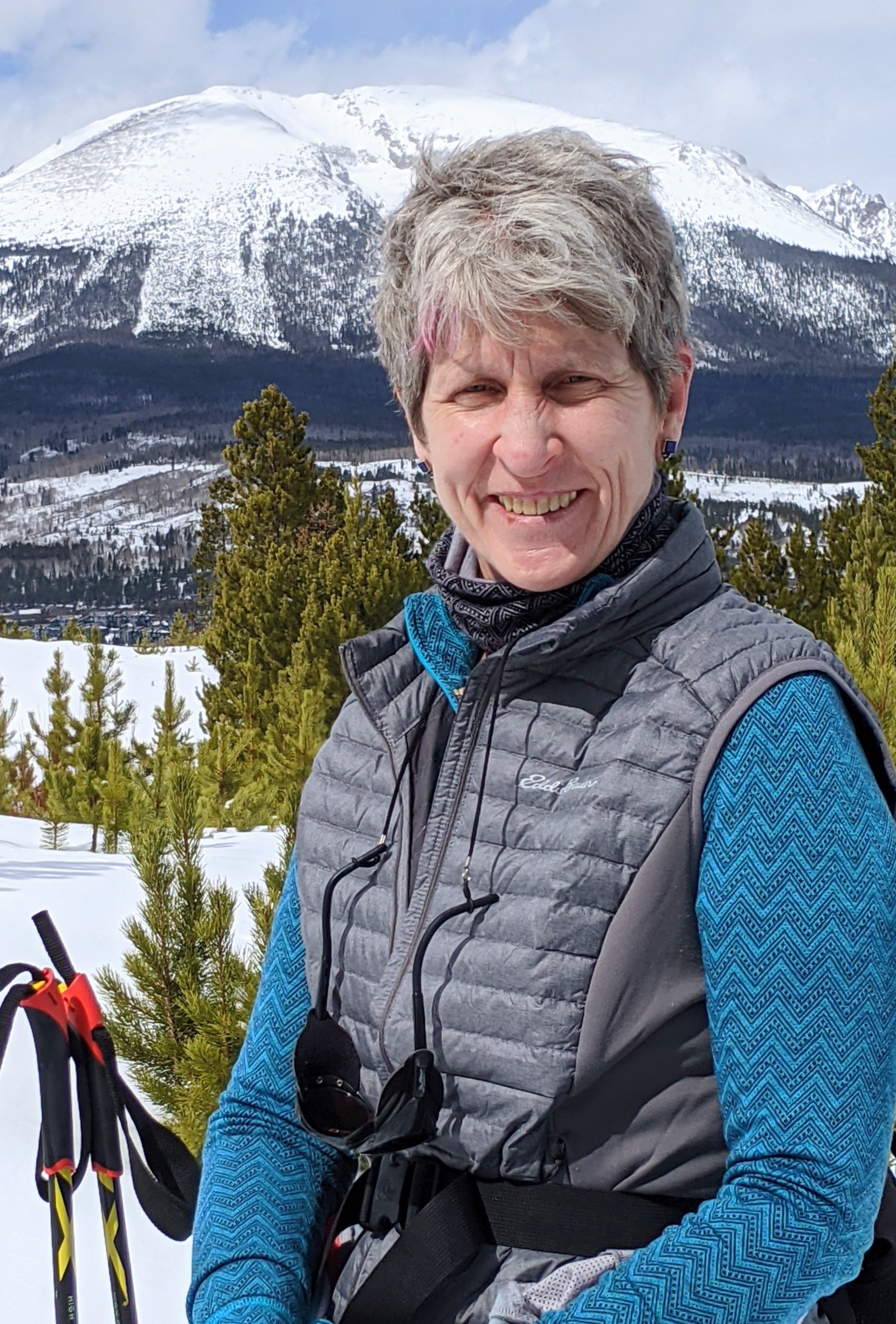
Lisa McKenzie.
Today, a majority of Americans oppose fracking, according to an October Pew Research Center survey. Drill pads proposed on the fringes of several fast-growing suburbs led some Coloradans to ponder whether the scientific literature is now at a tipping point, like that of tobacco research, at which there is conclusive evidence to prove fossil fuel extraction harms human health. McKenzie and her peers, some of whom she inspired to research public health impacts of the industrial process in other states, think it is.
“There is starting to be enough evidence to say that living near oil and gas wells, in these areas with a lot of oil and gas development, may have health consequences,” McKenzie said, “particularly for the most vulnerable populations,” like young children, fetuses and older people with heart issues.
There is consistency of results across multiple studies that were conducted using different methodologies in various states and time periods and among diverse populations, providing heightened confidence in the body of research, she added.
Her work is pivotal to this sea change. It’s included in compendiums published in California and New York that span hundreds of pages. The pioneering scientist reflected on her extensive body of research and its impacts as she prepared for her retirement last month. Scientists she’s mentored call her humble, meticulous and brave — her studies have been publicly criticized by state health officials and the oil and gas industry.
And even with her retirement imminent, state oil and gas regulators took notice in June of several recent studies she co-authored as a reason to create a new panel of experts to evaluate recent public health research on the impacts of fracking.
“This would be an opportunity for the authors of these studies to present their study methodology and findings,” said Trisha Oeth, a commissioner with the Colorado Energy & Carbon Management Commission. “I think ultimately this would help me understand the key takeaways.”
The first of many key public health takeaways for McKenzie came in the early 2010s when she co-authored among the first studies to quantify the potential for fracking to make people sick.
Her work stemmed from a request by Garfield County officials that the Colorado School of Public Health study whether air pollution from the oil and gas wells that were encroaching on neighborhoods could impact residents’ health. McKenzie was the lead author on the project.
The first-of-its-kind study garnered national attention after it appeared in 2012 in the peer-reviewed journal Science of the Total Environment.
Its novel findings triggered a congressional field hearing that month in Denver. In the ornate Old Supreme Court chambers in the state Capitol, McKenzie told members of the U.S. House Committee on Natural Resources that her team “estimated higher cancer risks for residents living nearer to wells as compared to residents residing further from wells.” Benzene, a known carcinogen, “is the major contributor to lifetime excess cancer risk for both scenarios,” she testified.
McKenzie recommended that regulators reduce air emissions from oil and gas development. And she capped her six pages of written testimony by listing the limitations of her research and issuing a call for further study.
Earliest Empirical Evidence
Scientists nationwide took notice of this paper and others McKenzie authored in 2014 that used birth records to research connections between birth outcomes and proximity to oil and gas development. She and her colleagues found that children with congenital heart defects were more likely to be born to a mother who was living in the densest areas of oil and gas development.
“Her studies provided some of the earliest empirical evidence suggesting associations with outcomes like adverse birth outcomes and pediatric cancer risks,” said Nicole Deziel, an associate professor at the Yale School of Public Health, who has authored papers with McKenzie and who cited her research in testimony in 2023 before the U.S. Senate Budget Committee. “Her work also helped shape how exposure is conceptualized in this field.”
Outside academic circles, McKenzie’s findings gained traction in political campaigns. Celebrities including Daryl Hannah, Lance Bass and Hayden Panettiere cited her work in a video that called on U.S. Sen. John Hickenlooper (D-Colorado), then Colorado’s governor — to “ban fracking.” The video was later repurposed to target state officials across the country.
Residents used her studies to advocate for tougher rules on oil and gas pollution. As pressure built on officials, Colorado’s chief medical officer, Dr. Larry Wolk, said in a statement that McKenzie’s 2014 study “did not consider the effect other risk factors may have played” and “the findings showed only association, not causation.” Her team pointed out these limitations in their paper.
Trying to isolate which pollution sources contribute to health impacts is a tricky endeavor. Most of McKenzie and her peers’ work talks about “associations” between energy extraction and acute conditions or chronic illnesses because it’s difficult to single out one environmental contributor. And proving causation is another matter altogether.
“We almost can never do the gold standard of epidemiology, which is a randomized control trial, and that’s because first, we can’t put people in laboratories,” said the scientist from her office on the University of Colorado’s Anschutz campus, “and second, we really don’t expose people to things we know are going to harm them to see what will happen.”
The quandary didn’t stop McKenzie from continuing to ask questions about how thousands of new wells fracked in Colorado each year are impacting the health of residents.
In the last 14 years, her peer-reviewed studies found associations between the intensity of oil and gas exploration and congenital heart defects and neural tube defects, childhood cancer and early indicators of cardiovascular disease among residents nearby.
She and colleagues also found that home values were lower for residences closer to wells. They built on previous research in a study from early 2018, based on an air sampling campaign conducted by state and federal agencies, that estimated far higher lifetime excess cancer risks, as well as other health risks, for residents living nearest fossil fuel pads.
What makes McKenzie’s research unique is her pairing of what’s known as exposure monitoring — or the measurement of a community’s exposure to air pollutants or other environmental stressors — with detailed health assessments, said Joan Casey, an environmental epidemiologist and associate professor at the University of Washington who has co-authored with the Colorado health researcher.
McKenzie also collaborated with Meagan Weisner, a senior scientist at the Environmental Defense Fund, on a 2023 study of residents in Broomfield, a municipality north of Denver, that found that people living within one mile of oil and gas pads reported headaches, respiratory and gastrointestinal effects and nosebleeds more often than those living more than two miles away.
“She’s very pragmatic in the way she approaches research — she says, ‘We may find nothing, and there may be no correlation between oil and gas and these symptoms,’” Weisner said. “That’s not what we found.”
Regulators Rein In Oil and Gas Development
McKenzie’s push to expand the scientific understanding of how oil and gas pollution is associated with illness reverberated nationwide.
“I have little doubt that Lisa’s research contributed significantly to the ban on hydraulic fracturing in the state of New York — it was a meaningful part of the compendium released by Physicians for Social Responsibility at the national level,” said Lauren Swain, coordinator for the group’s Colorado chapter.
“The state of Vermont also banned fracking, Maryland essentially banned fracking, and fracking is banned along the Delaware River in multiple states,” she added.
In Colorado, the rare June decision by state regulators to convene a panel to meet directly with public health researchers underscores the widespread impact of McKenzie’s research on how states hold energy companies accountable today.
Public health advocates and residents in Colorado credit her work with raising awareness among regulators about the need to curb air emissions from oil and gas production, account for the cumulative impacts of all pollution sources when considering drilling permits, and to protect disproportionately impacted communities.
This shift culminated in a 2019 law that changed the mission of the state’s oil and gas agency from fostering energy development to prioritizing public health, safety and the environment. Today, regulators say they issue fewer drilling permits because of the tighter standards on energy companies.
“In Colorado, you almost can’t do any oil and gas rulemaking without her research coming up,” said Weisner. “She influences the overall scope of how we look at things.”
As McKenzie’s studies in Colorado built upon one another, California’s oil and gas regulator invited her and other scientists in 2020 to review the public health implications of fossil fuel development.
After synthesizing hundreds of pages of scientific research that quantified the public health impacts of oil and gas drilling, the California Geologic Energy Management Division found for the first time a “causal relationship between close geographic proximity” to such wells and “adverse perinatal and respiratory outcomes.”
In a 523-page report released by the panel in 2024, McKenzie is cited 81 times. Researchers who joined her on the panel, several of whom have co-authored studies with her, said her contribution to the current understanding of how oil and gas development impacts residents’ health was pivotal to the enactment of California’s toughest-in-the-nation setback rules. The panel’s work informed a 2022 law that requires that wells be set back 3,200 feet — more than half a mile — from residences.
“Absolutely, Lisa’s work was used as a backbone of that legislation,” said the University of Washington’s Casey. “It’s also been instrumental in giving community members scientific data they need to back up their intuition on what’s going on with oil and gas extraction and their health.”
Fierce Pushback From Oil and Gas Industry
In May, the scientist gave community members something more to work with when she co-authored a paper in Cancer Epidemiology, Biomarkers & Prevention. The study found that Colorado children diagnosed with “a type of cancer of the blood and bone marrow were more likely to live near oil and gas well sites than children who were free of cancer.”
As a result, McKenzie and her colleagues suggested that a state law that requires that oil and gas development be set back 2,000 feet from residences may not be sufficient to protect kids’ health.
The paper, like most of her work, drew fierce pushback from the oil and gas industry. “By its own admission, the report fails to establish any causal connection between childhood leukemia and oil and gas production,” according to a story in Energy in Depth, a website established by the Independent Petroleum Association of America.
In an interview, McKenzie said that the study considered the overall density of oil and gas sites that emit air pollutants like benzene, a known carcinogen. She added that she and her colleagues lacked data to say how much of the contaminant toxin children were exposed to and could not conclusively say what caused leukemia.
McKenzie added that she gauges the validity and impact of her work by the number of times her peers cite it in their research. Indeed, tallies kept on Google Scholar show that her 2012 Garfield County study has been cited 853 times, and her 2014 birth outcomes study 425 times.
And her most recent first-of-their-kind findings didn’t stop there. A second peer-reviewed study published last spring in Environmental Health Perspectives — on which McKenzie advised — revealed emissions reductions practices that oil and gas operators are required to undertake at well pads in Colorado are failing to protect people living nearby.
The paper concluded that for communities near fossil fuel extraction sites “acute health risks persist after the implementation of best management practices to reduce emissions.”
“The risks surpassed Environmental Protection Agency thresholds during production — that’s not something that has been really studied,” said the EDF’s Weisner, the paper’s lead author. “Risks were assumed to be during pre-production and fracking.”
Researchers recommended that regulators establish policies that require energy companies to drill and frack wells outside of what’s known as “ozone season,” the period between May 31 and Aug. 31 when lung-damaging pollutants become trapped in the Denver basin.
Nitrogen oxides and volatile organic compounds emitted by vehicles and oil and gas operations react with the region’s plentiful sunlight to create ground-level ozone. Inhaling such pollution can exacerbate asthma and other respiratory conditions, particularly for children and older adults.
Cities along the eastern flank of the Rockies routinely rank among the worst in the nation for this pollution, which so far has prompted health officials to issue 23 public health alerts warning residents to reduce time outdoors since May 31. The state has failed for years to meet federal clean air standards.
Worsening air pollution and an expanding number of fracking projects on the cusp of suburban communities provide opportunities for researchers to continue to study the impacts of such industrial development on residents’ health.
And even though McKenzie is retired, she plans to continue consulting. She’s not done asking questions about how air emissions from intensifying fossil fuel development affect millions of people who call the eastern edge of the Rockies home.
Copyright 2025 Capital & Main


 Latest NewsDecember 8, 2025
Latest NewsDecember 8, 2025
 Striking BackDecember 4, 2025
Striking BackDecember 4, 2025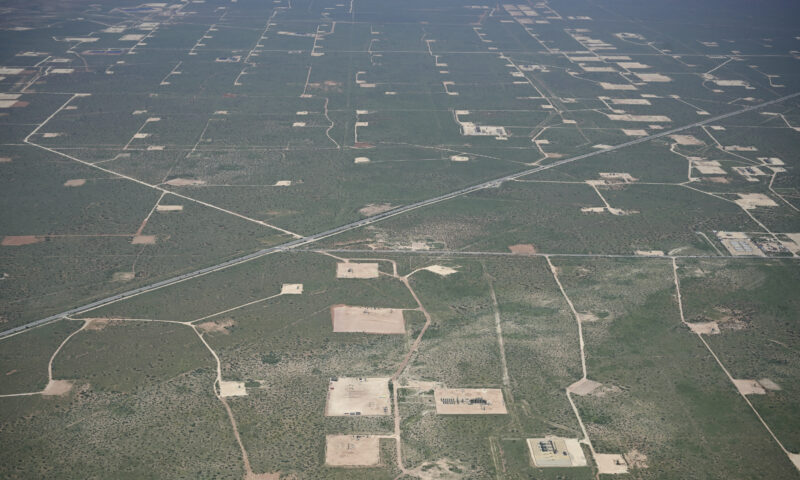
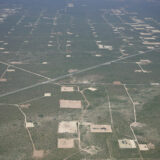 The SlickDecember 2, 2025
The SlickDecember 2, 2025
 Latest NewsDecember 1, 2025
Latest NewsDecember 1, 2025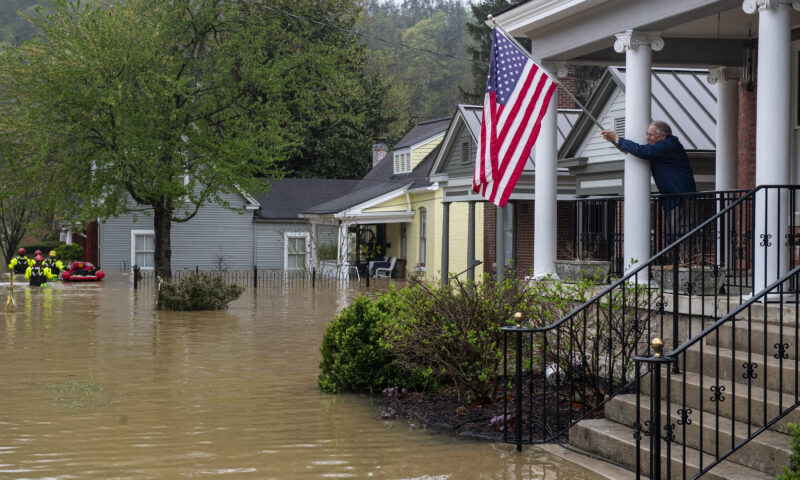
 Dirty MoneyDecember 3, 2025
Dirty MoneyDecember 3, 2025
 Child FarmworkersDecember 5, 2025
Child FarmworkersDecember 5, 2025
 Column - State of InequalityDecember 4, 2025
Column - State of InequalityDecember 4, 2025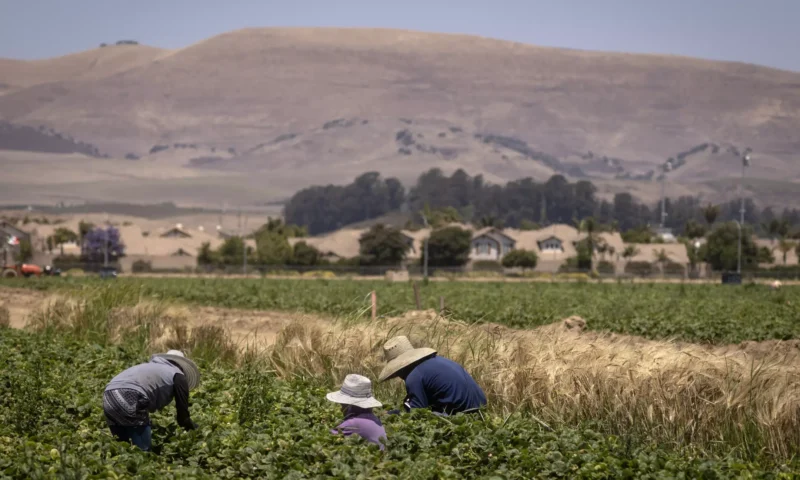
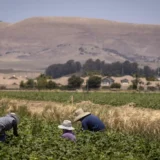 Latest NewsDecember 10, 2025
Latest NewsDecember 10, 2025


